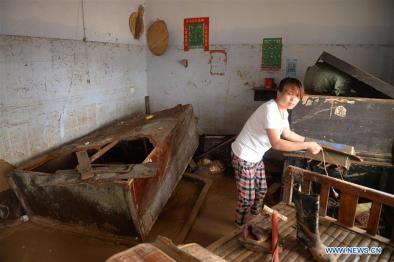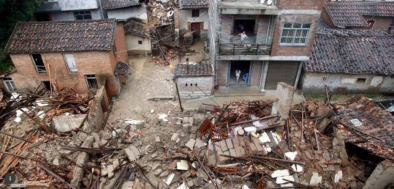Science Source
A Mixed Method to Evaluate Burden of Malaria Due to Flooding and Waterlogging in Mengcheng County, China: A Case Study
- Quantifies the impact of flooding and waterlogging on malaria in 2007 to know the epidemiological information on the malaria situation caused by the 2007 Huaihe River floods and to provide reliable data for the control programs in the county of Mengcheng
- Finds that flooding and waterlogging can lead to higher burden of malaria in the study area
- Finds an increased risk of malaria was significantly associated with flooding alone [adjusted hazard ratio (AHR) = 1.467, 95% CI = 1.257, 1.713], waterlogging alone (AHR = 1.879, 95% CI = 1.696, 2.121), and flooding and waterlogging together (AHR = 2.926, 95% CI = 2.576, 3.325)
- Finds that the burden of malaria caused by waterlogging alone is more severe than that by flooding alone
Related Content
Headline

Jul 27, 2016 | Economy Watch
Economic Impact from China's Flooding Grows
Science Source
| Scientific Reports
Linkage Between Hourly Precipitation Events and Atmospheric Temperature Changes over China during the Warm Season
Chiyuan Miao, Qiaohong Sun, Alistair G. L. Borthwick et al
Headline

Jul 26, 2016 | CRI English
N. China storms and floods leave 164 dead, 125 missing
Headline

Jul 26, 2016 | Thomson Reuters Foundation
Natural disasters in China kill more than 800 since June


